Aqara P2 Motion and Light Sensor: Reliable Matter over-Thread Occupancy Sensing
A solid Matter over Thread occupancy sensor for your security needs, though it currently lacks deeper configuration options.
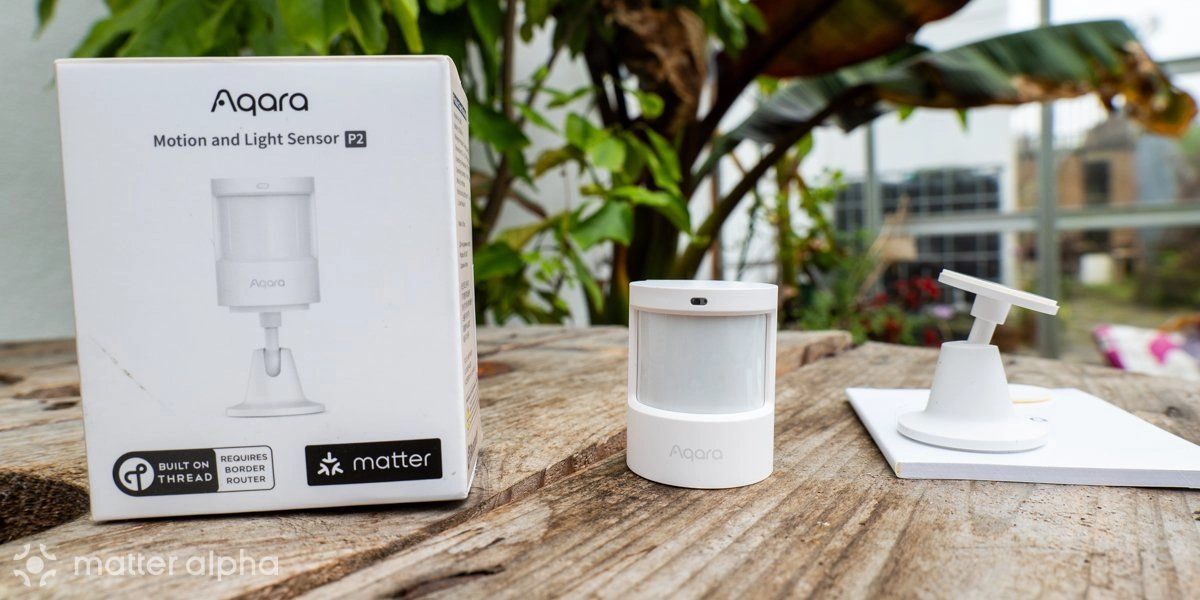
Please note: This page may contain affiliate links. Read our ethics policy
Any security and lighting automation relies on accurate sensors: primarily, a motion and a light level sensor, whether that’s to activate an alarm or turn on lights when it gets dark. The Aqara P2 Motion and Light sensor (not to be confused with the P2 Door and Window Sensor of the same model number) is the same design as their previous P1 Zigbee-based device, but with the enhanced Thread protocol that offers better reliability, battery life, and interoperability.
Running on Matter over Thread, it's an essential addition to your Matter smart home, and pairs perfectly with the new Aqara Hub M3 (review coming soon).
Package and Design
The P2 Motion and Light sensor is a sparse package, consisting of the sensor, pivot mount, and spare sticky pad. The mount sticks to the sensor, and the wall. It’s so lightweight that you don’t need more permanent fixing methods. The mount is optional; you could just rest it on a bookshelf or table.

If you’re upgrading from an even older system, the first thing you’ll notice is that the P2 Motion and Light Sensor is positively minuscule compared to the almost fist-sized motion sensors of the past. It’s a lot easier to keep this discreetly hidden in the corner of the room, measuring a mere 33.1mm in diameter and 41.6mm tall (1.3 x 1.6 inches).
Specifications
Featuring a 170-degree horizontal and 45-degree vertical field of detection for up to 7 meters (23 feet), the P2 won’t miss a thing.
It runs on two CR2450 coin-cell batteries and operates as a Minimal Thread Device. That means it isn’t going to act as a repeater node for other Thread devices, and is only an endpoint. You need a Thread Border Router (such as the Aqara M3, or an Apple HomePod Mini) to use the P2; it cannot communicate directly with your smartphone.
Aqara claims the batteries should last two years, though clearly we can’t test that. After a week of usage with perhaps 5-10 detections per day, it’s still reporting 100% battery life.
One slight oddity: motion is reported as an occupancy sensor, rather than a native motion sensor. Either presence is detected, or not. It reacts quickly, so you can be assured your automation will work as needed, and in practice, it won’t matter unless you have multiple motion sensors in the same room and the difference in sensor icons upsets you.
The illuminance level (in lux) is only reported when motion is detected, or when requested from the dashboard every minute, to save battery life.
Setup and Use
Assuming you’ve pulled out the protective battery tab (a small piece of plastic that prevents it from powering on), you’re ready to add the P2 to your Matter controller.
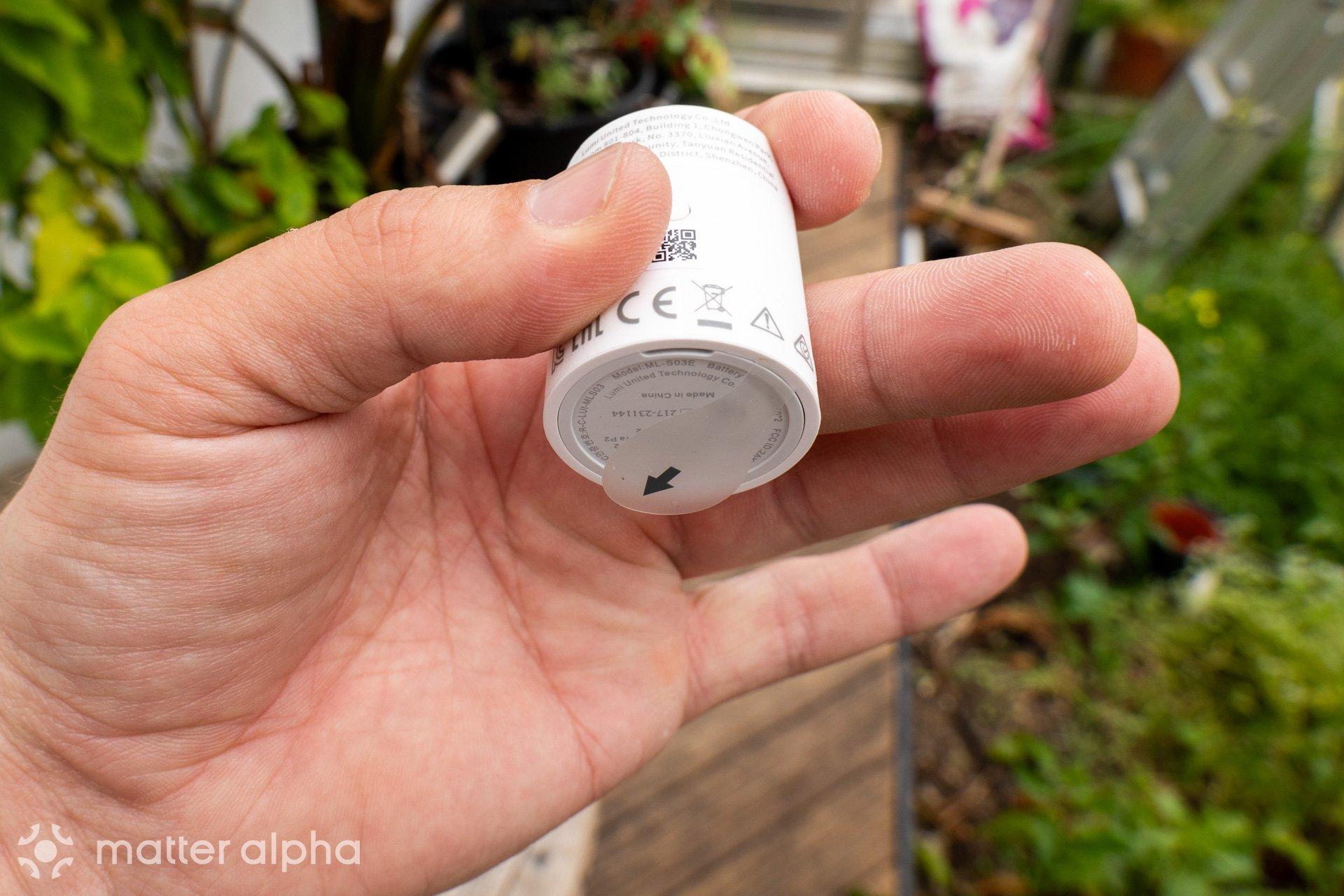
There’s one small button on the back; hold that down for a few seconds to put it into pairing mode, indicated by a blue flashing light on the front. From there, you can initiate the Matter pairing process with the QR code on the back. This will vary by system, but on most consumer devices you simply need to click Add Accessory, then scan the code.
One of the great things about Matter is that it’s easy to share sensors and devices between systems—especially useful in households where everyone has their own favorite smart assistant. Since the Aqara Hub M3 is also a bridge, I was able to easily go into the P2 settings, and click Connect to HomeKit. It’s also just as trivial to export via Matter; the app will show the code that you can use to pair with other systems without ruining your current setup.
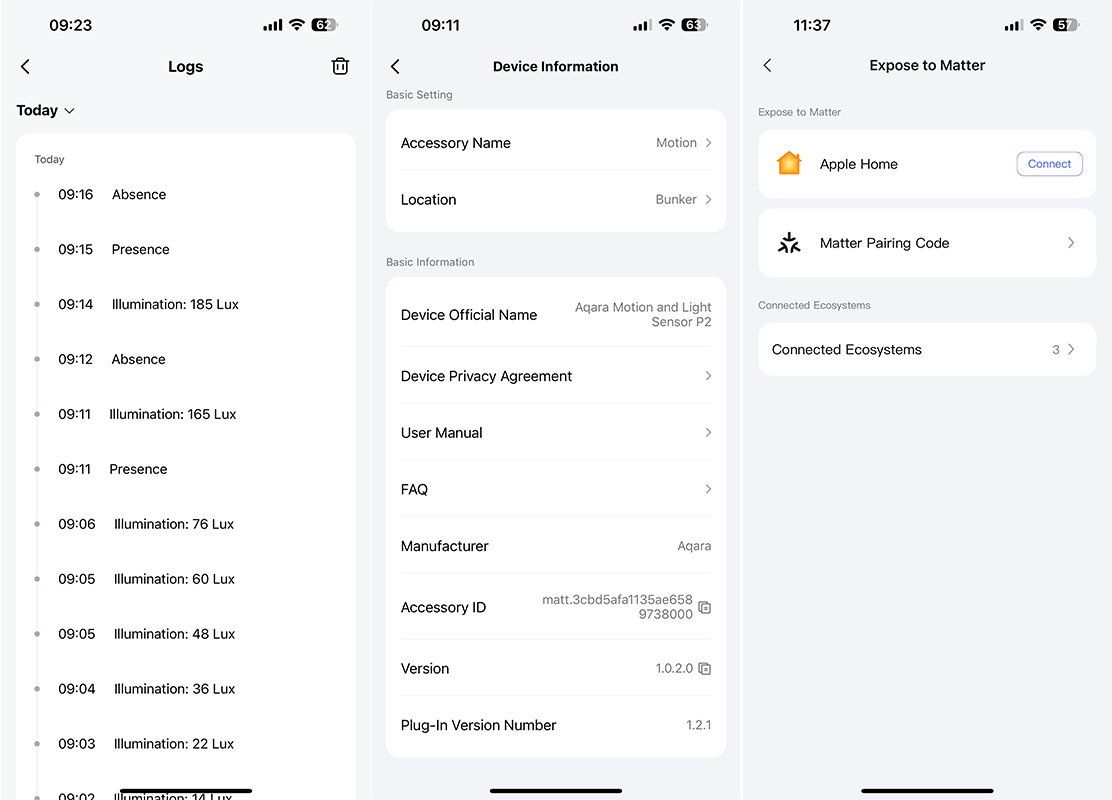
There’s no configuration of the P2 as far as I can find, even when paired with Aqara’s own hub. It’s possible this will arrive later as a firmware upgrade, but for now, there are no settings I can locate to change the sensitivity, or cooldown.
While I generally found it to be reliable—with notifications sent and automations activated within a second of walking into the room—I still seem to get the occasional false alarm from a burst of sunshine (or perhaps a bird). Fortunately, I live in Britain, where sunshine is only seen for a few days of the year. I tried automation with both Apple HomeKit and from within the Aqara app itself (which we'll cover in more detail in the Aqara M3 hub review); both worked seamlessly to do as intended.
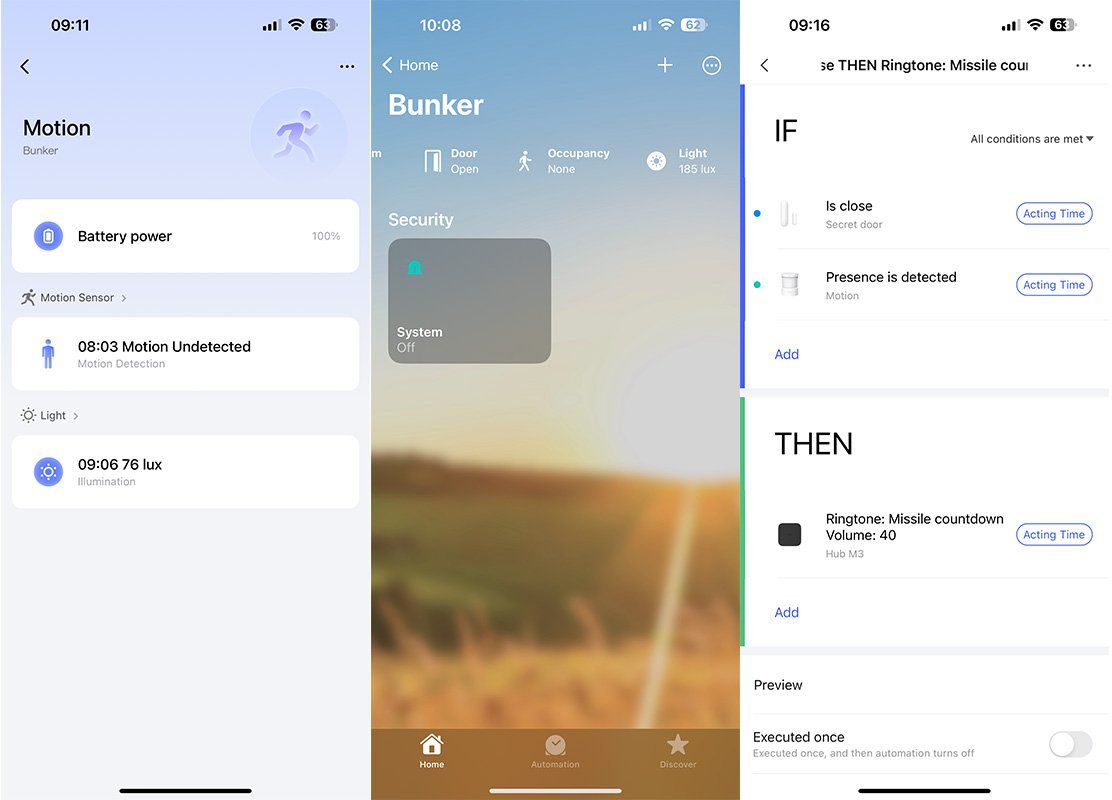
Over the course of a week of testing, I had zero sensor dropouts. Only time will tell if the Thread networking remains reliable, but for now, it's solid.
Should You Buy the P2 Motion and Light Sensor?
A motion and light sensor is an essential part of any smart home security automation, and the Aqara P2 is a fine choice. It has a reliable connection, seems accurate, and offers good battery life.
There are only a few other Matter over Thread motion sensors currently on the market to choose from: the Eve Motion, and Qingping, the latter of which doesn’t have great user reviews, though I haven’t tested either for a direct comparison. A few more are listed in our Matter database (which indicates something has been certified, but not necessarily that a product that will be released).
As for upgrading: if you already have the P1 Zigbee version, there’s little reason to upgrade. The Aqara Hub M3 can bridge your existing sensor to Matter, and the design and features are nearly identical.
About the Author

James Bruce
Smart Home Contributor, Videographer, and Developer
James spent seven years in Japan, where he brought technology into the classroom as a teacher and worked part-time as a data centre engineer. Formerly the CTO and Reviews Editor of MakeUseOf, he has also contributed to publications like TrustedReviews, WindowsReport, and MacObserver. With a BSc in Artificial Intelligence, James combines his technical expertise with a passion for writing, programming, and tech reviews. Now based in Cornwall, he enjoys the slower pace of rural life, building LEGO, playing board games, and diving into VR.
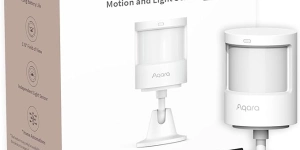
Aqara Motion and Light Sensor P2
The Aqara Motion and Light Sensor P2, part number AS057, is a unique component of the Aqara smart home ecosystem, offering compatibility with the Matter protocol, and providing seamless integration with popular virtual assistants for enhanced home automation.
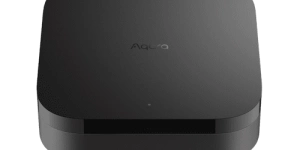
Aqara Hub M3
The Aqara Hub M3 is a Matter-compatible gateway that connects and manages up to 128 smart devices, facilitating local device automation without relying on Wi-Fi.